It was in Berry, in Nohant, that I went to meet George Sand (1804-1876) – “this land where I was brought up, where I spent my whole life” she wrote. Here, time seems to have stopped its mad rush: by entering the house of the illustrious writer, we are propelled into the 19th century! A visit that allows us to (re)discover who George Sand was, a resolutely modern woman, a free writer and still today an extremely inspiring character.
Summary
The arrival of Amantine Aurore Lucile Dupin at Nohant
It was in 1804, in Paris, that the one not yet called George Sand was born. Amantine Aurore Lucile Dupin is the daughter of Maurice Dupin, captain of the Napoleonic army, and Sophie Victoire, a woman of the small Parisian people with a light life. Her paternal grandmother, Marie Aurore Dupin de Francueil, is from the high aristocracy, granddaughter of a king of Poland and daughter of the Marshal of Saxony. She fled Paris and the revolutionary troubles of the early 19th century for Nohant, a village in Berry (France) where she led a peaceful life.
In 1808, the family visited the grandmother but the stay turned into a nightmare when Maurice Dupin died in a horse accident. Mrs. Dupin had just lost her only son and wanted to keep her granddaughter with her. For a comfortable pension, Sophie Victoire returns to Paris and entrusts the guardianship of her child to the grandmother. At the age of four, little Aurore’s life is turned upside down: she has lost her father and will now be raised by her grandmother. Despite this tragedy, she lives a happy childhood in Nohant.
When her grandmother died in 1821, Aurore was only 17 years old and inherited a vast estate. She quickly married François Dudevant, with whom she had two children, Solange and Maurice. But the marriage is shaky: Aurore wants freedom where François Dudevant wants to manage everything; she is passionate about the arts, he has little sensitivity … So much so that after ten years of marriage the separation is inevitable. Aurore, a modern woman, fights successfully at a time when break-ups are taboo to obtain this separation while keeping the castle of Nohant.
The birth of George Sand
In 1831, Aurore went to Paris and maintained a liaison with Jules Sandeau. The couple became journalists for the newspaper Le Figaro and signed their papers with the name J Sand. So when Aurore wrote her first book Indiana, she naturally kept the name Sand but chose the first name George which for her is synonymous with Berry; its etymology meaning “he who works the land”. George Sand was born!
“The name I had to put on ‘printed covers’ didn’t bother me much. In any case, I was determined to remain anonymous. A first book was sketched by me, then redone in its entirety by Jules Sandeau, who Delatouche named Jules Sand. This work brought another publisher who asked for another novel under the same pseudonym. I had written “Indiana” in Nohant, I wanted to give it under the pseudonym requested; but Jules Sandeau, out of modesty, did not want to accept the authorship of a book he was completely strangers to. … Delatouche, consulted, decided the question by a compromise: Sand would remain intact and I would take another first name that would serve only me. I quickly choose George’s name, which seemed to me synonymous with Berrichon.” – George Sand, Story of my life
In her books, she evokes the feminine condition, a new theme for the time. The mixture of this new theme, combined with beautiful writing and the intrigue around this “George Sand” that no one knew, quickly made her books a success.
The life in Nohant
George Sand has managed to plunge Nohant into a formidable cultural bubbling. She liked to receive and be surrounded. It was therefore quite natural that she invited many friends, some of them very illustrious, to join her. Among the personalities who stayed in Nohant we can mention Delacroix, Dumas son, Liszt, Balzac, Flaubert or Chopin who shared George Sand’s life for 9 years and who wrote almost two thirds of his work in this house!
Even though the house is in the country, it is still a very social place: Sand, a resolutely modern woman, brought Parisian sophistication to her house in Berry and even set up a theatre there! All the guests and servants were invited to come and play on the stage of Nohant, an opportunity for our writer to test her new plays. Her son, with whom she has a fusional relationship, will take a passion for puppets and will develop some 150 characters that he will stage in front of the guests.

The theater 
Puppet theatre
If everyone went about their business in the morning, everyone would gather for dinner, served early enough, around 5:30 pm. To occupy the long evenings, we played music, sang, read aloud, drew… Nohant was a timeless space where life was good.
Preserving the house of Nohant
Even today, when visiting the house of Nohant one feels that the place is full of history(s) and that one has been happy there. Everything has remained in its place and gives the impression that George Sand will come to greet us at any moment.
We owe the preservation of this place to Gabrielle Dudevant, George Sand’s granddaughter who inherited the domain and died without descendants. She donated the house of Nohant to the French State “on condition that the Château de Nohant be kept in its present state, fully furnished and the enclosure which is not part of the farm, to be used as a destination for excursions and pilgrimages in memory of my grandmother”. Since 1961, the Centre des Monuments Nationaux has been managing and preserving the castle. The house can be discovered during guided tours offered several times a day by a passionate and exciting team who know how to make the soul of the place speak.
George Sand’s garden
The visit of Nohant would not be complete without discovering its gardens. They are now 6 hectares but in George Sand’s time they were spread over 250! The garden is composed of three parts: a classic regular area, a vegetable garden and an orchard. The writer loved nature, had installed a rosarium and had a very large vegetable garden cultivated to feed her guests.
The domain also has the peculiarity of having a family cemetery in which the tomb of George Sand lies forever in this enchanting place that she loved so much.
Useful information:
Location:
2 place Sainte-Anne
36400 Nohant-Vic (France)
Opening hours:
Opening hours vary according to the season, consult the official website.
Website:
http://www.maison-george-sand.fr/en/
Admission:
Individual : €8
Free admission for less than 18 (with their family), 18-25 from the European Union or with a European visa, disabled visitor and one accompanying person, job seekers (upon presentation of proof of less than 6 months) and teachers holders of an Education Pass



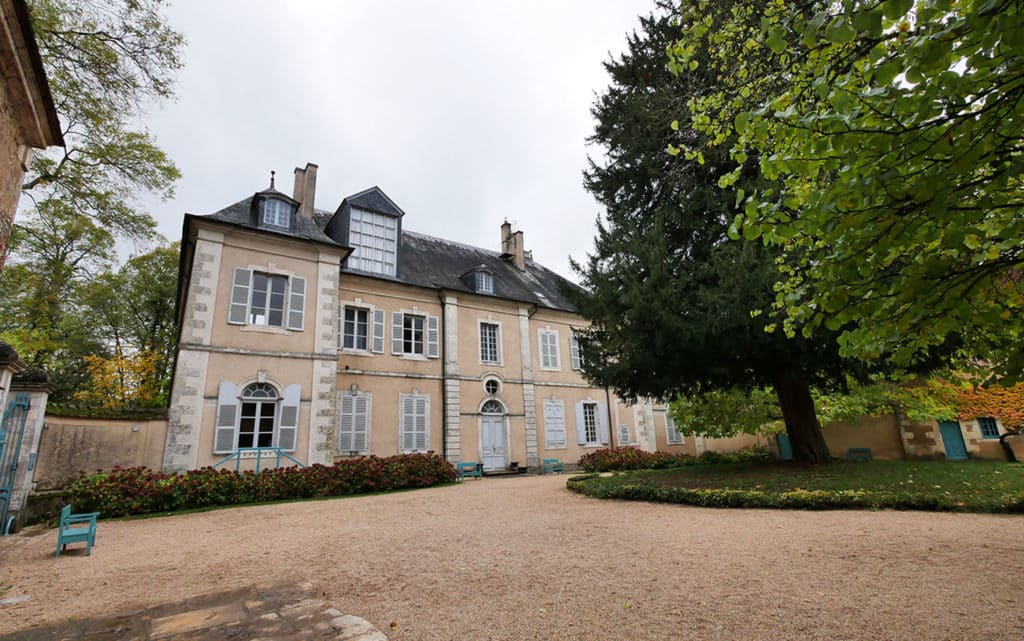
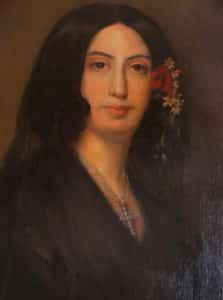
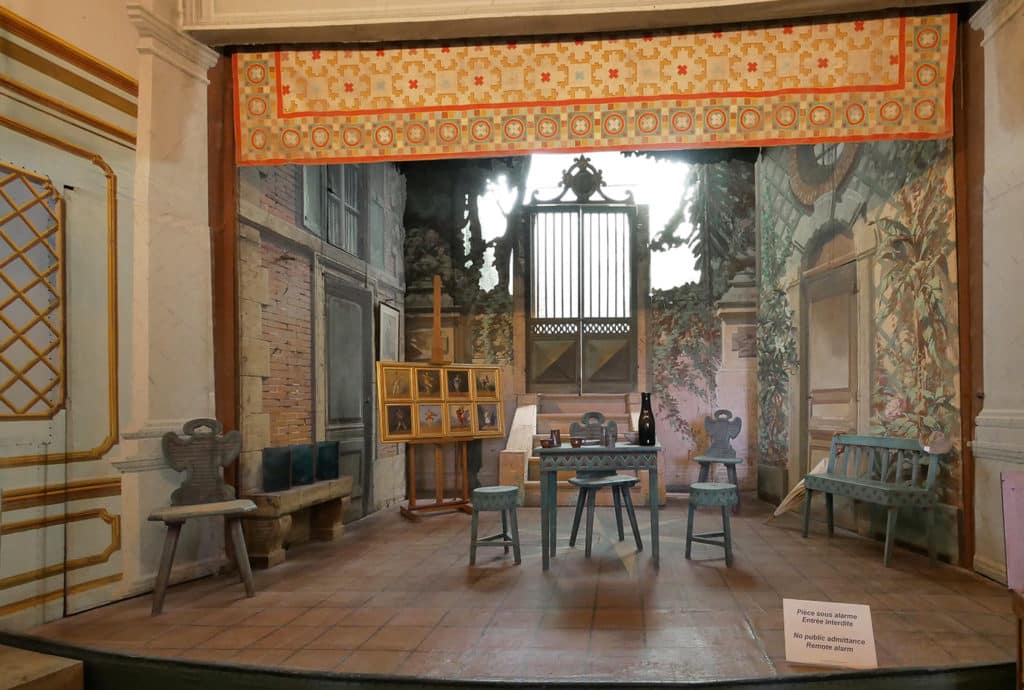
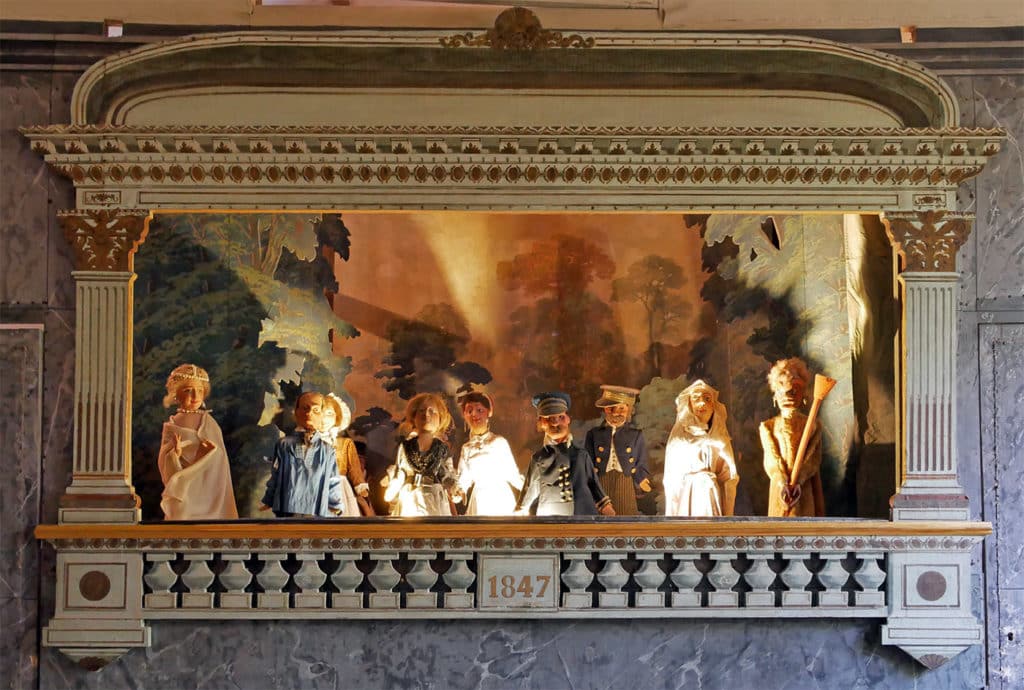
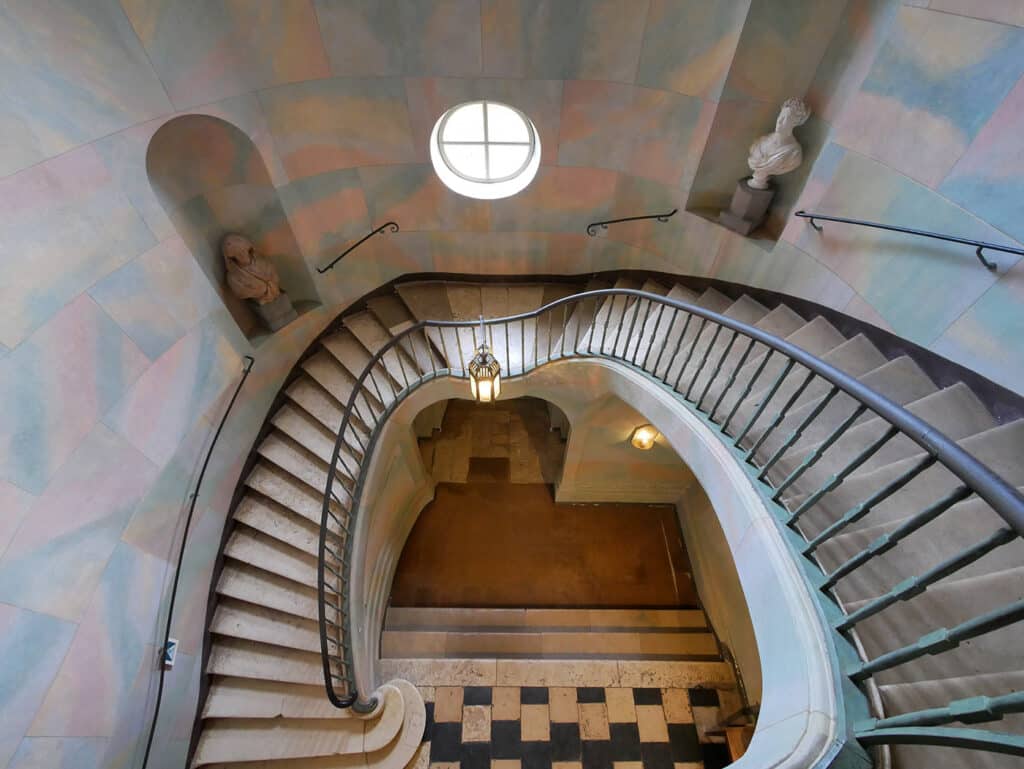

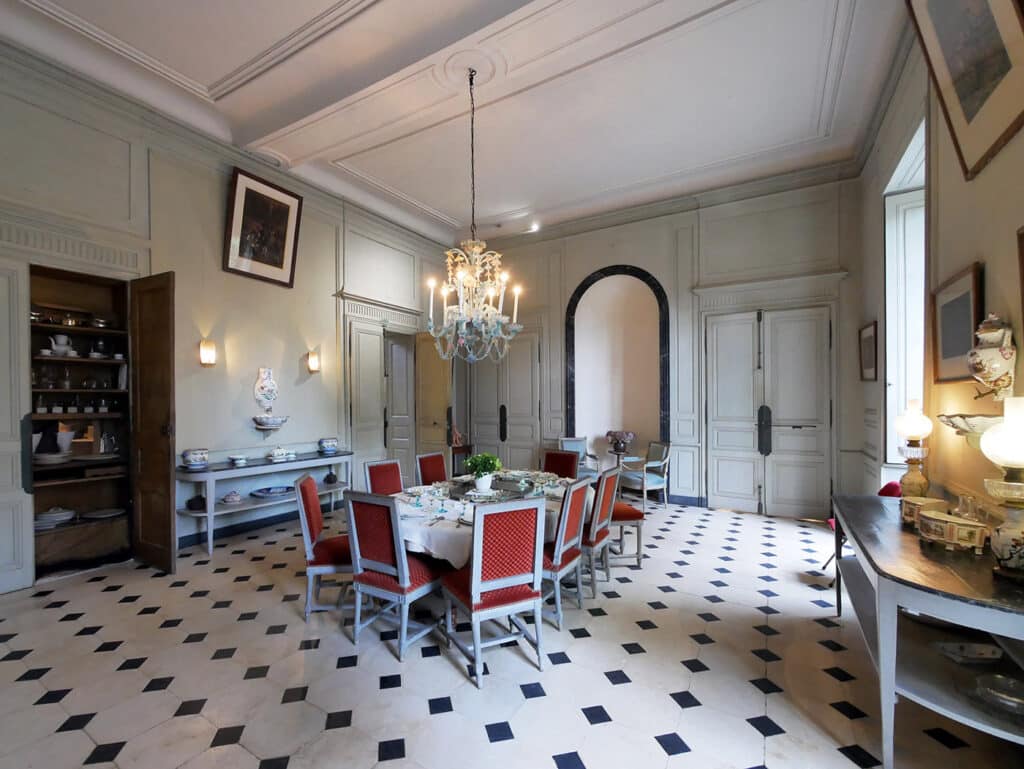
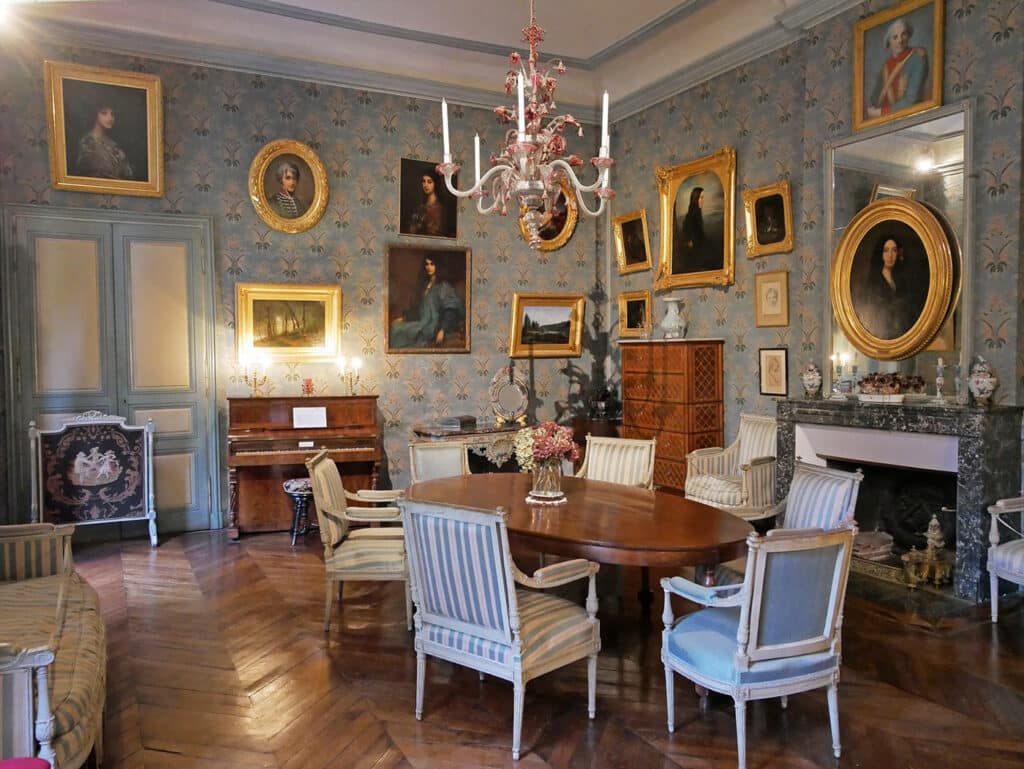
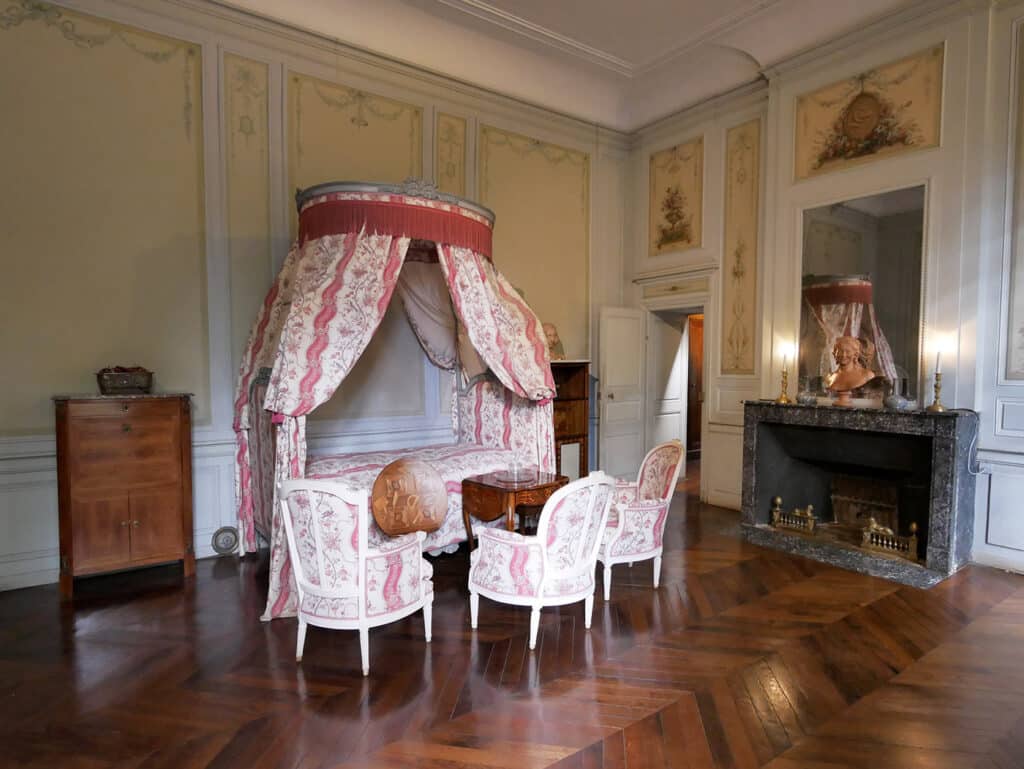
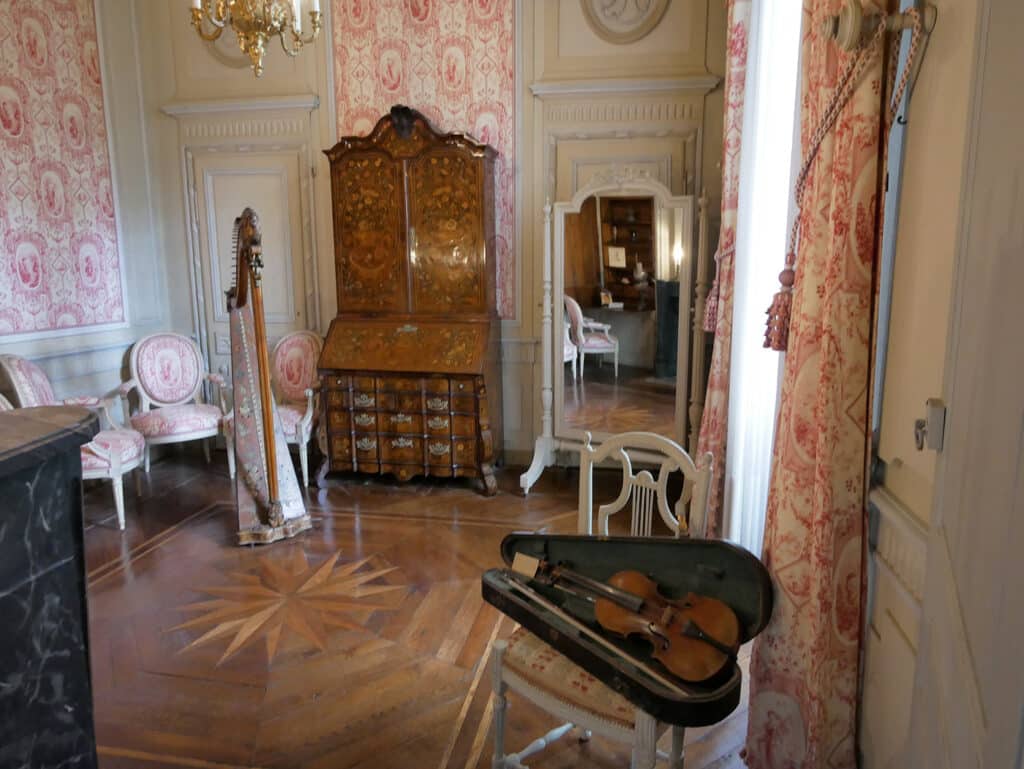

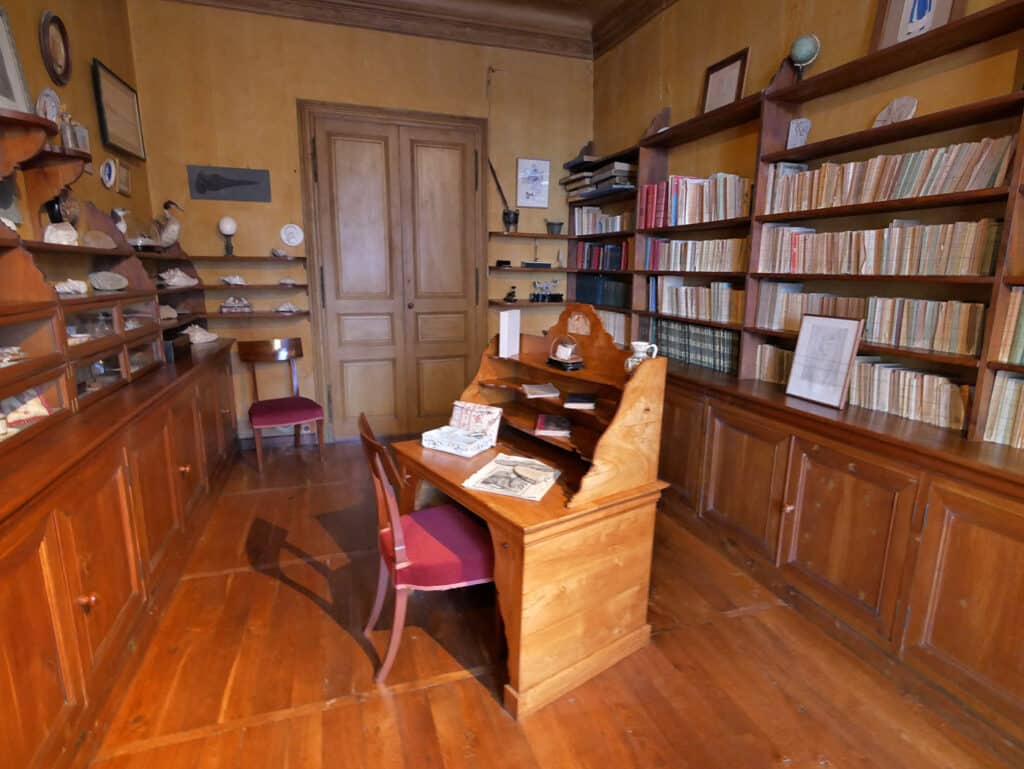
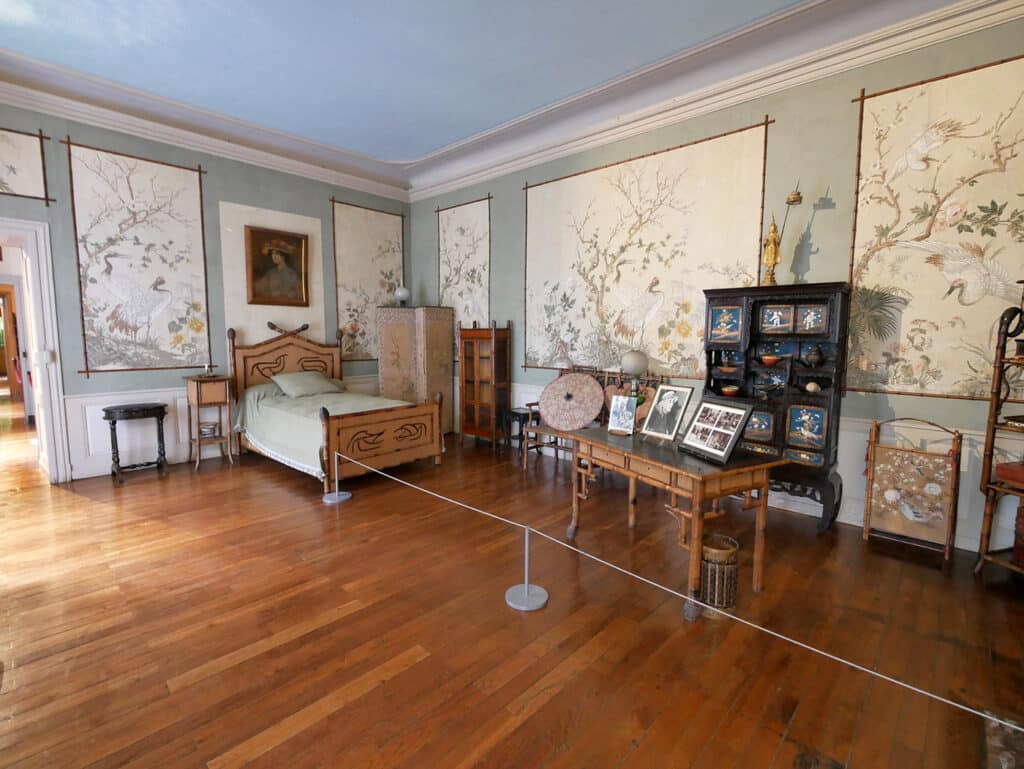

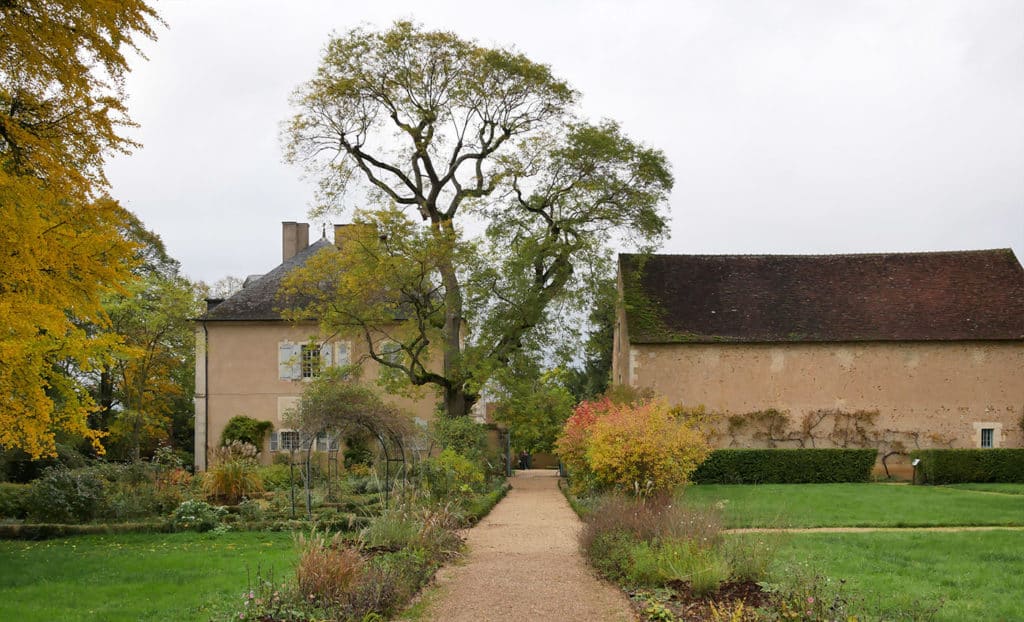
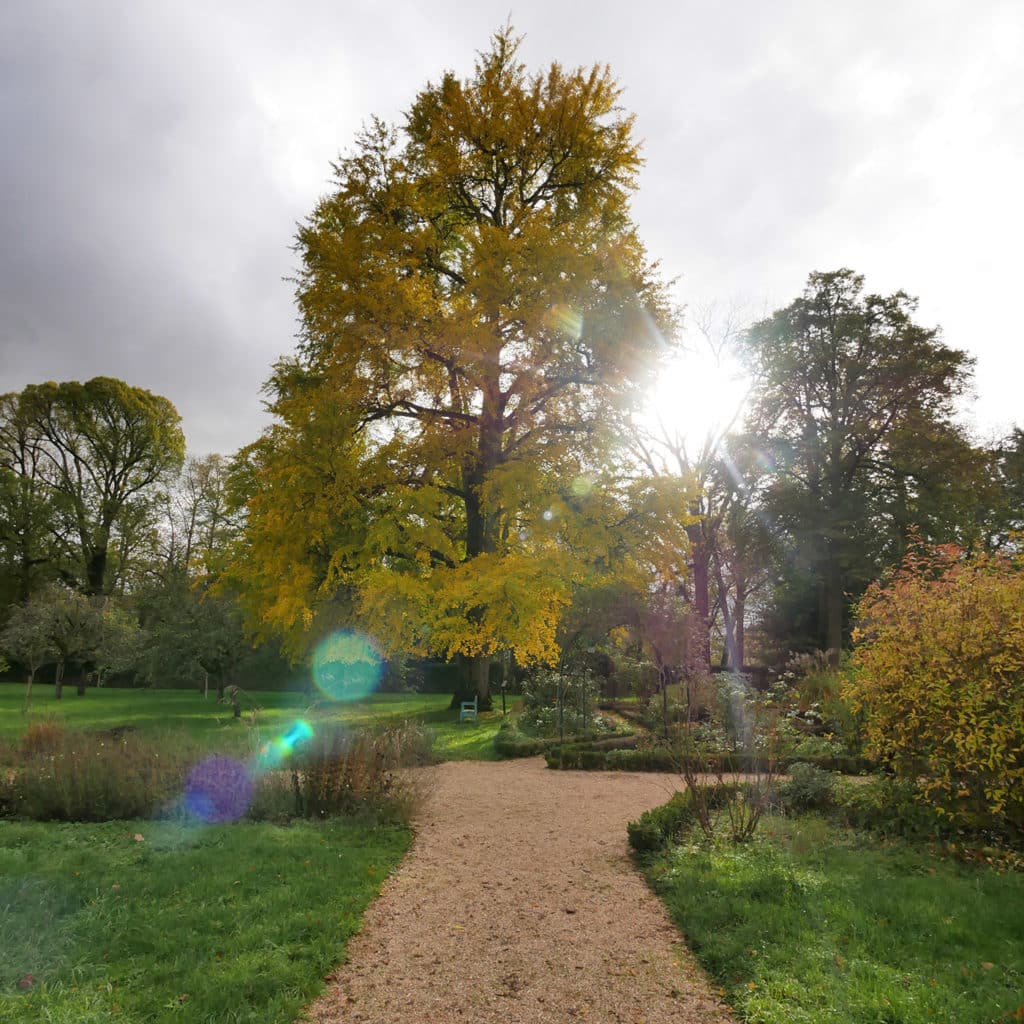
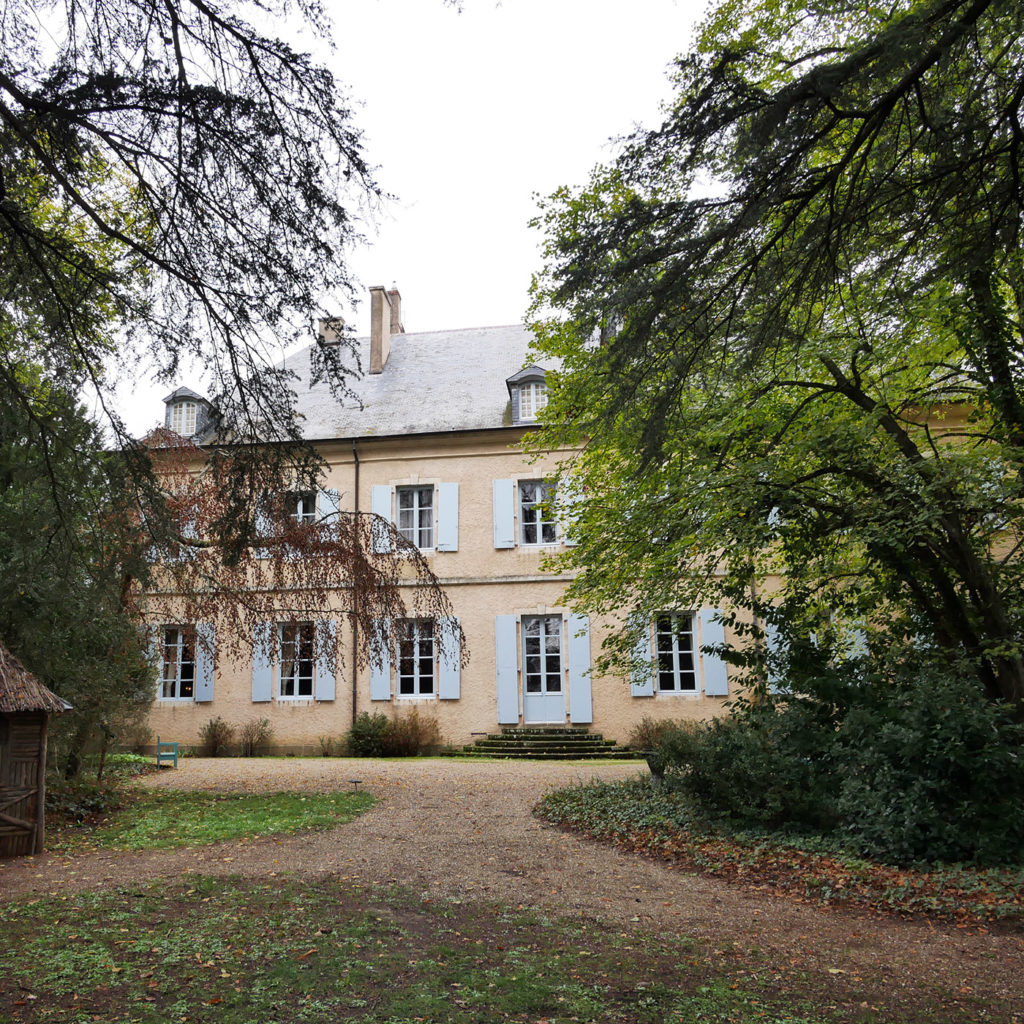
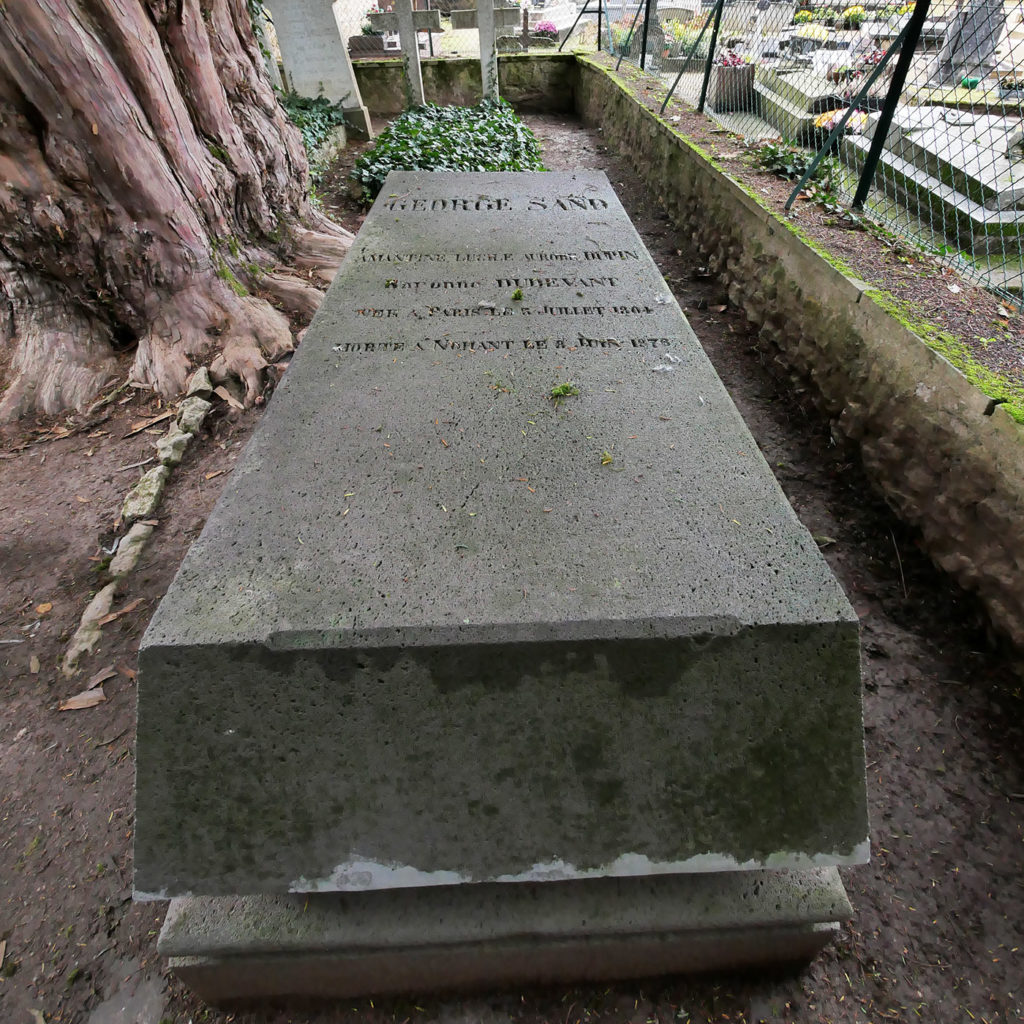
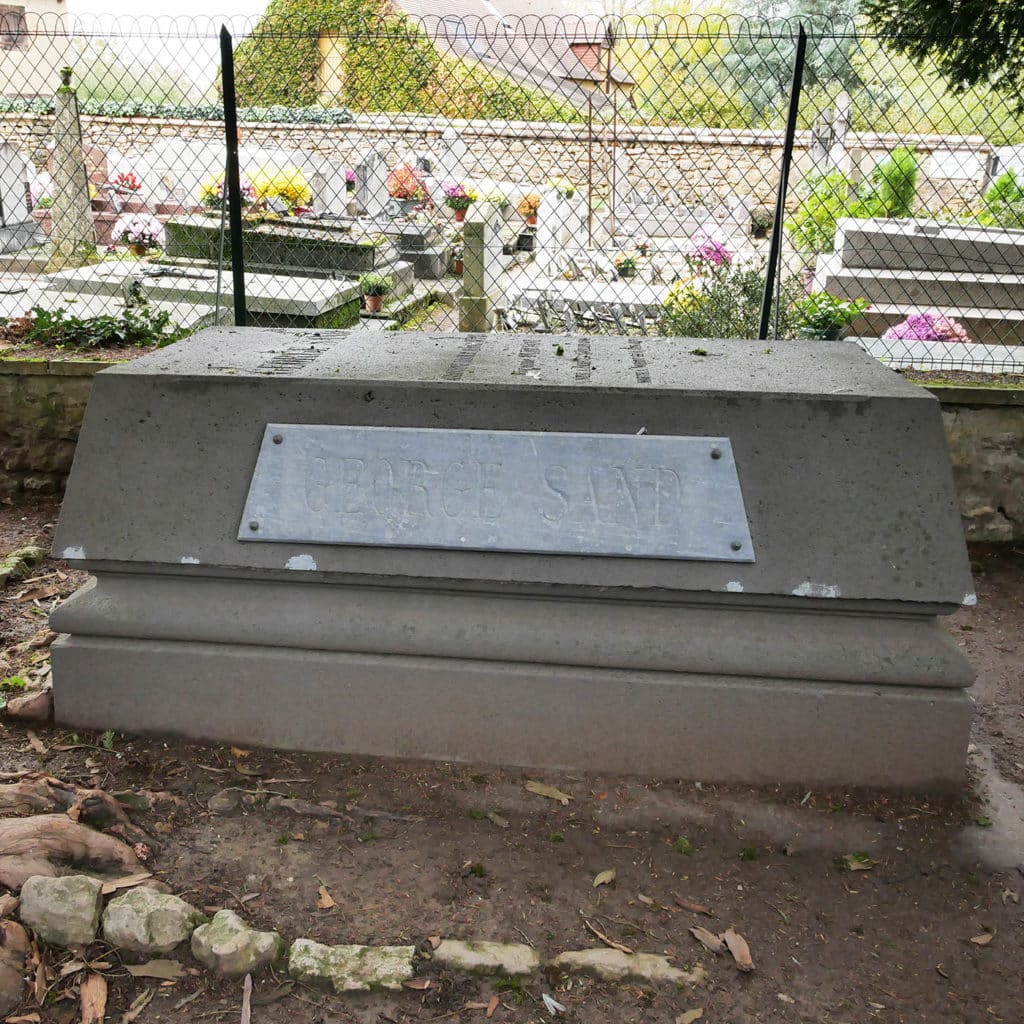


No Comments
Leave a comment Cancel